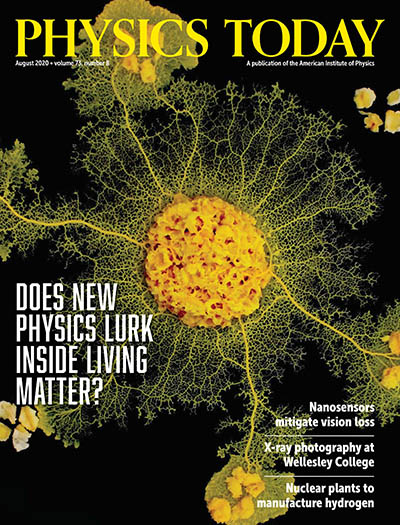In honor of the Second International Day of Light, here are some recent light-focused #longreads from Physics Today #IDL2019 

Quantitative phase imaging, which combines the principles of interferometry, holography, and microscopy, has emerged as a unique tool for live-cell and tissue imaging doi.org/10.1063/PT.3.3… #IDL2019
Microscopy without lenses: New imaging devices provide cost-effective, compact, and wide-field microscopy solutions for fieldwork and global health applications doi.org/10.1063/PT.3.3… #IDL2019
Photoacoustic imaging beats the diffraction limit doi.org/10.1063/PT.3.3… #IDL2019
How can we see in the dark? Imaging black holes gives #ehtblackhole scientists a different way to investigate physics just outside the horizons of these enigmatic objects doi.org/10.1063/PT.3.3… #IDL2019
And finally, read recaps of last year's Nobel Prize in Physics, which honored advances in the use of lasers doi.org/10.1063/PT.3.4… doi.org/10.1063/PT.3.4…
• • •
Missing some Tweet in this thread? You can try to
force a refresh









